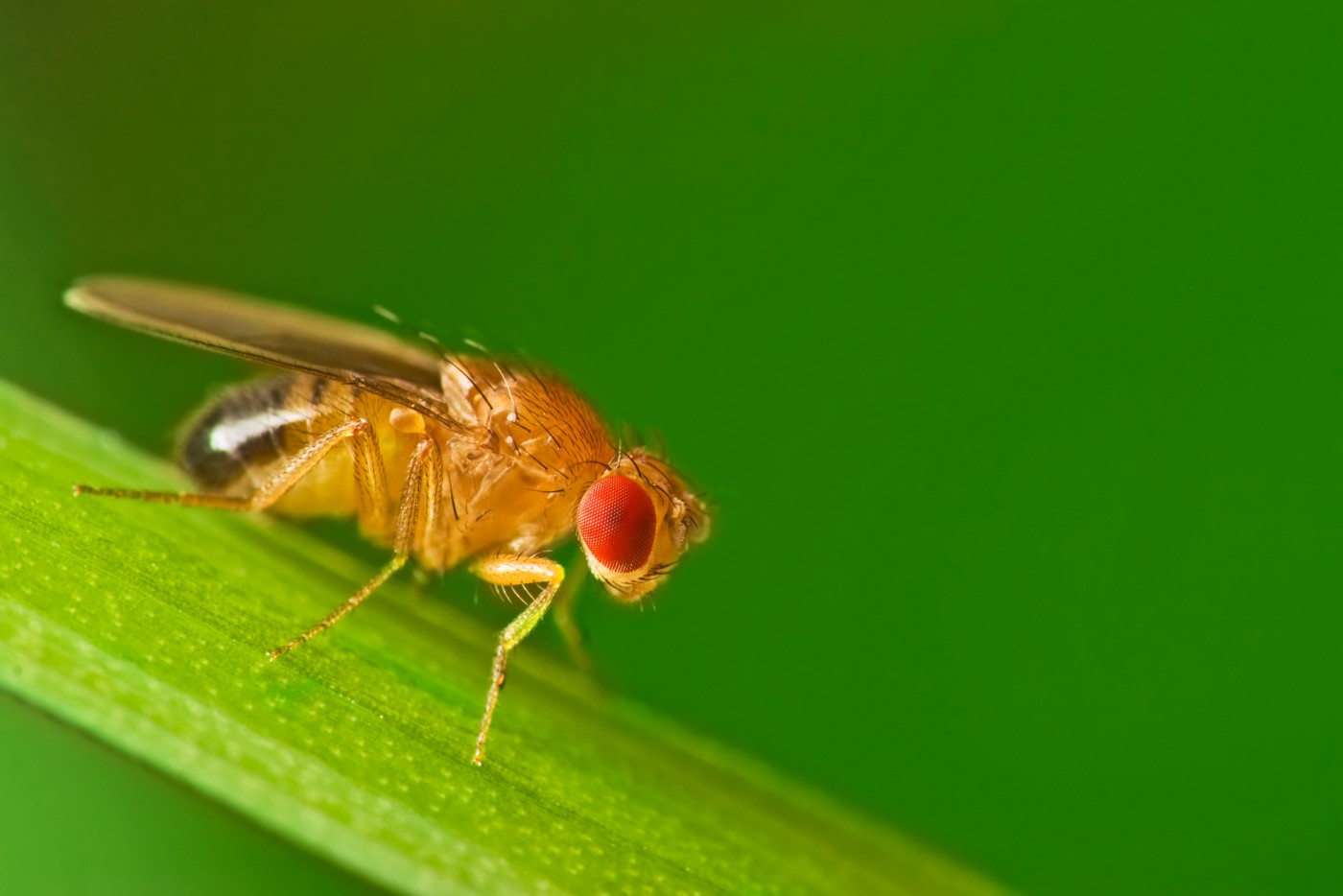Therapeutic Target for Stabilizing Histamine, an Inflammatory Agent in MS, Identified in Fruit Fly Study
Written by |

Researchers at the University of Massachusetts Medical School, working in the fruit fly model, identified an organic cation transporter, CarT (carcinine transporter), that is crucial to the recycling of histamine in the brain and the maintenance of healthy vision. Histamine is a neurotransmitter involved in chronic inflammation and pathogenesis in multiple sclerosis, and such a discovery could lead to new ways of stabilizing brain histamine levels and reducing the transmitter’s pathological influence.
The research, titled “Drosophila Vision Depends on Carcinine Uptake by an Organic Cation Transporter,” was published in the journal Cell Reports.
Histamine is an important mediator of numerous physiological processes in mammals, maintaining wakefulness, and regulating cognitive function and food intake. This neurotransmitter, however, also plays a key role in inflammation. Better knowledge of how normal levels of histamine are kept could potentially lead to therapeutic strategies that target sleep disorders, motor disorders, and psychiatric conditions in which histamine dysfunction is known to play a role.
Importantly, elevated histamine levels have been previously reported to possibly be involved in the initiation and maintenance of chronic inflammatory diseases of the central nervous system, suggesting a possible link to multiple sclerosis.
The process of histamine recycling is still fairly unknown in mammals. This process is required for normal maintenance of vision in the fruit fly model Drosophila, where photoreceptor-released histamine is taken by glial cells, converted to non-bioactive carcinine, and delivered back to the photoreceptor for histamine regeneration in a continuous cycle. Such equilibrium and sustained neurotransmitter signaling is essential for normal physiology. How histamine or the metabolite carcinine move across the membranes of glial and photoreceptor cells, however, is not well understood.
Using a RNAi-based screen to identify genes related to vision, researchers identified the organic cation transporter, CarT, that carries carcinine into photoreceptors during histamine recycling. Genetic elimination of CarT in the fruit flies resulted in accumulation of carcinine in the glial cells, which, in turn, reduced the levels of histamine. This process led to the elimination of the photoreceptor signal transmission and to blindness in a majority of the flies, as assessed through several behavioral assays.
Dr. Hong-Sheng Li, the study’s senior author and an associate professor of neurobiology, said in a press release, “Our work reveals the first membrane transporter involved in the recycling of histamine in the visual system of the fly. There is evidence that this mechanism may be at work in mammalian cells as well. If it is, this discovery would help explain how animals maintain histamine levels and regulate diverse functions ranging from wakefulness and sleep to physiological functions related to the heart, kidney, stomach and intestines.”
If these same mammalian transporters are found to regulate histamine recycling, this knowledge could lead to the development of drugs targeting transporters in neurons, that might stabilize histamine levels in a specific and non-generalized manner in patients with disorders associated with histamine dysregulation, such as multiple sclerosis.





